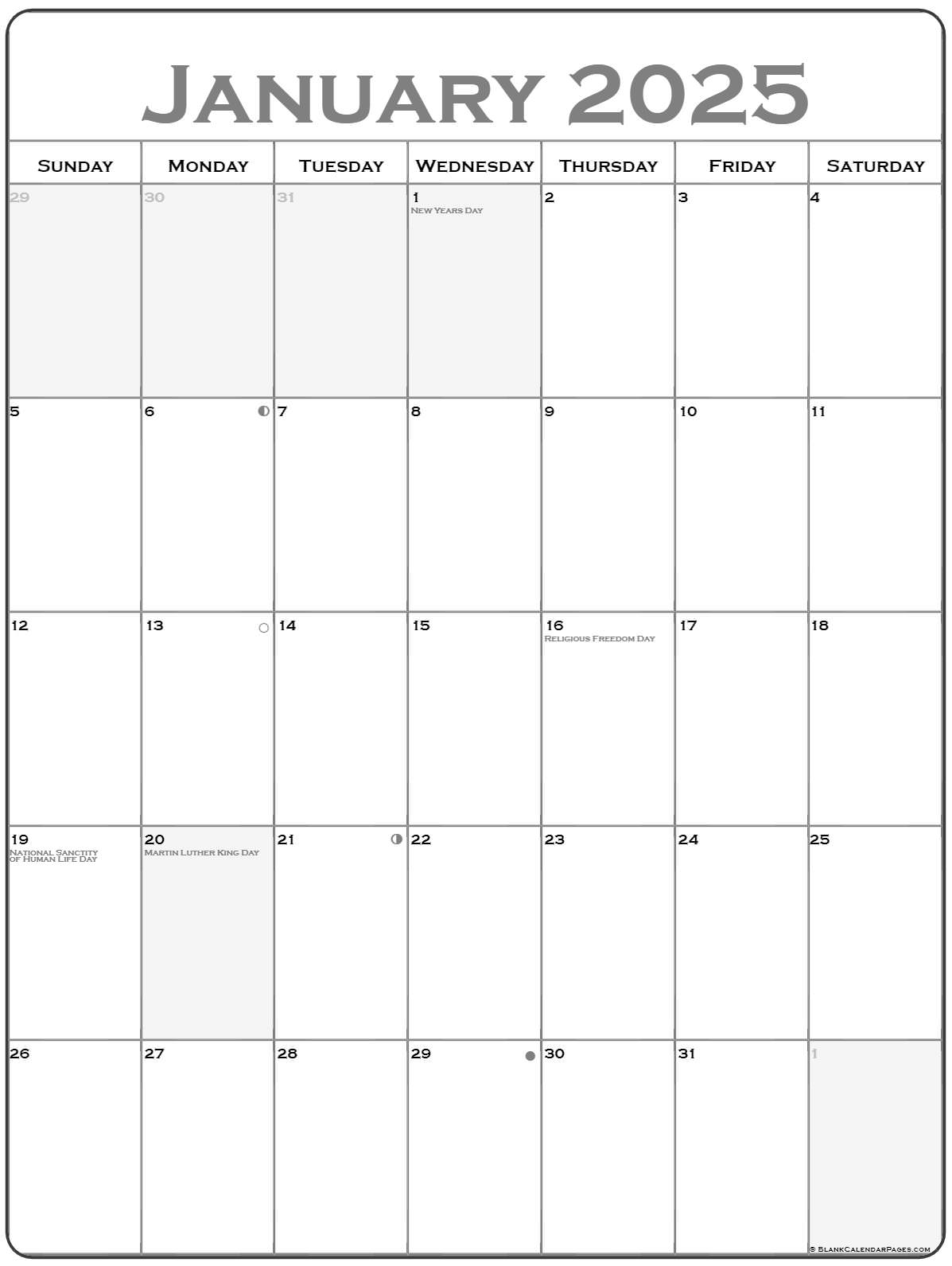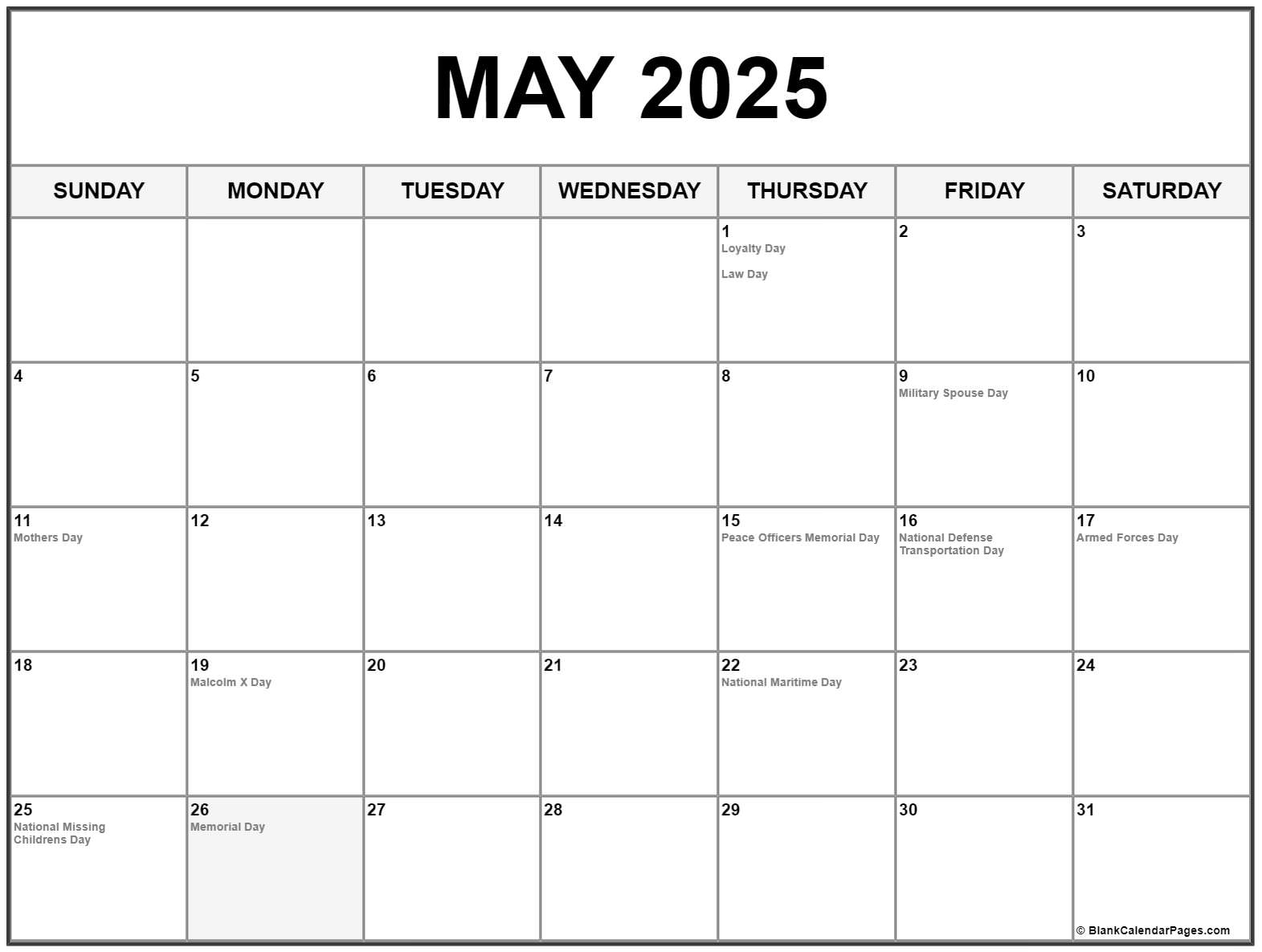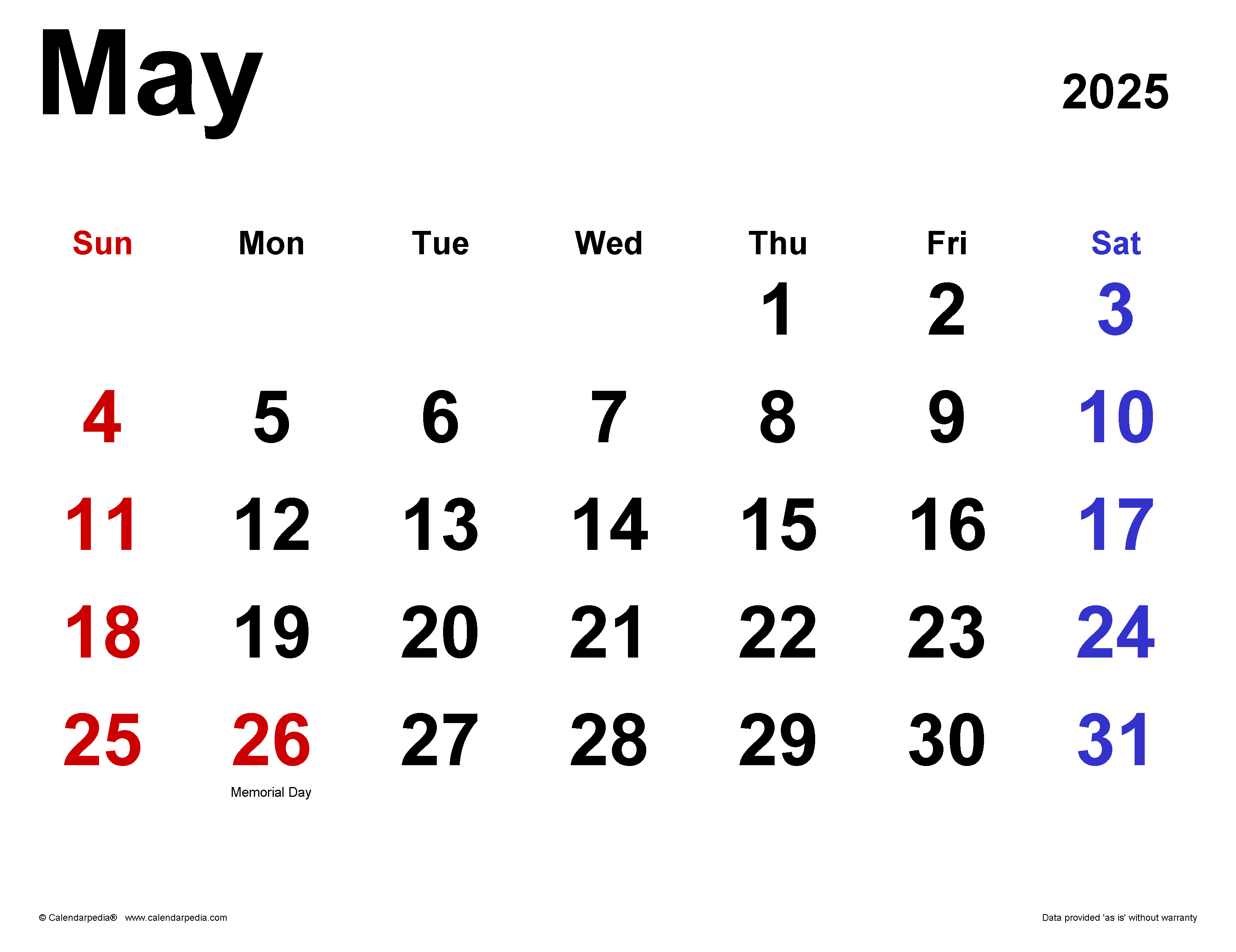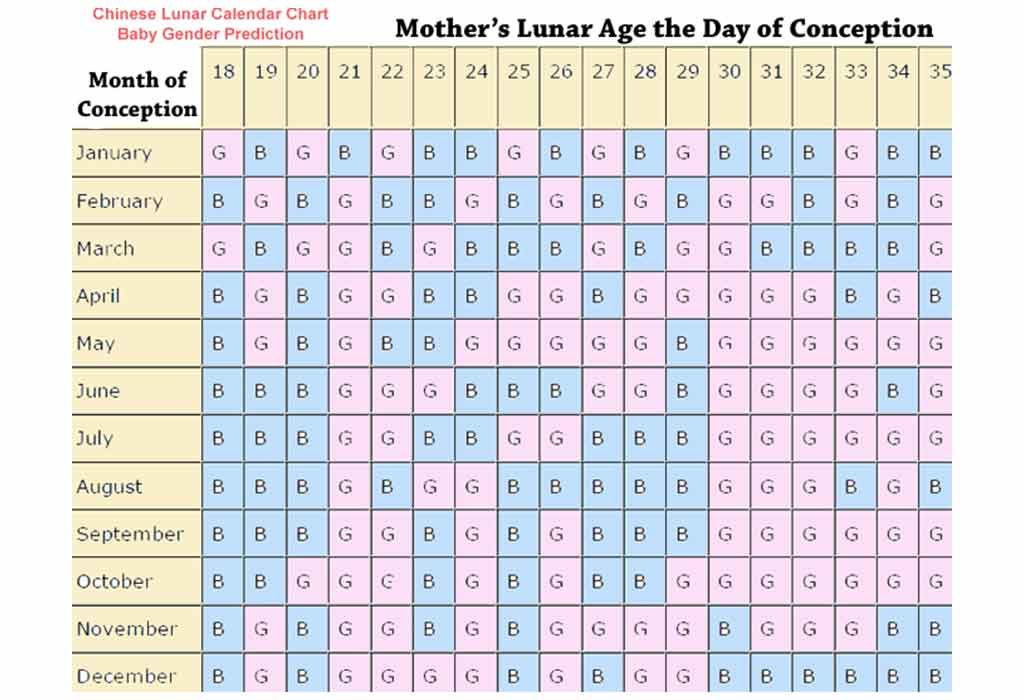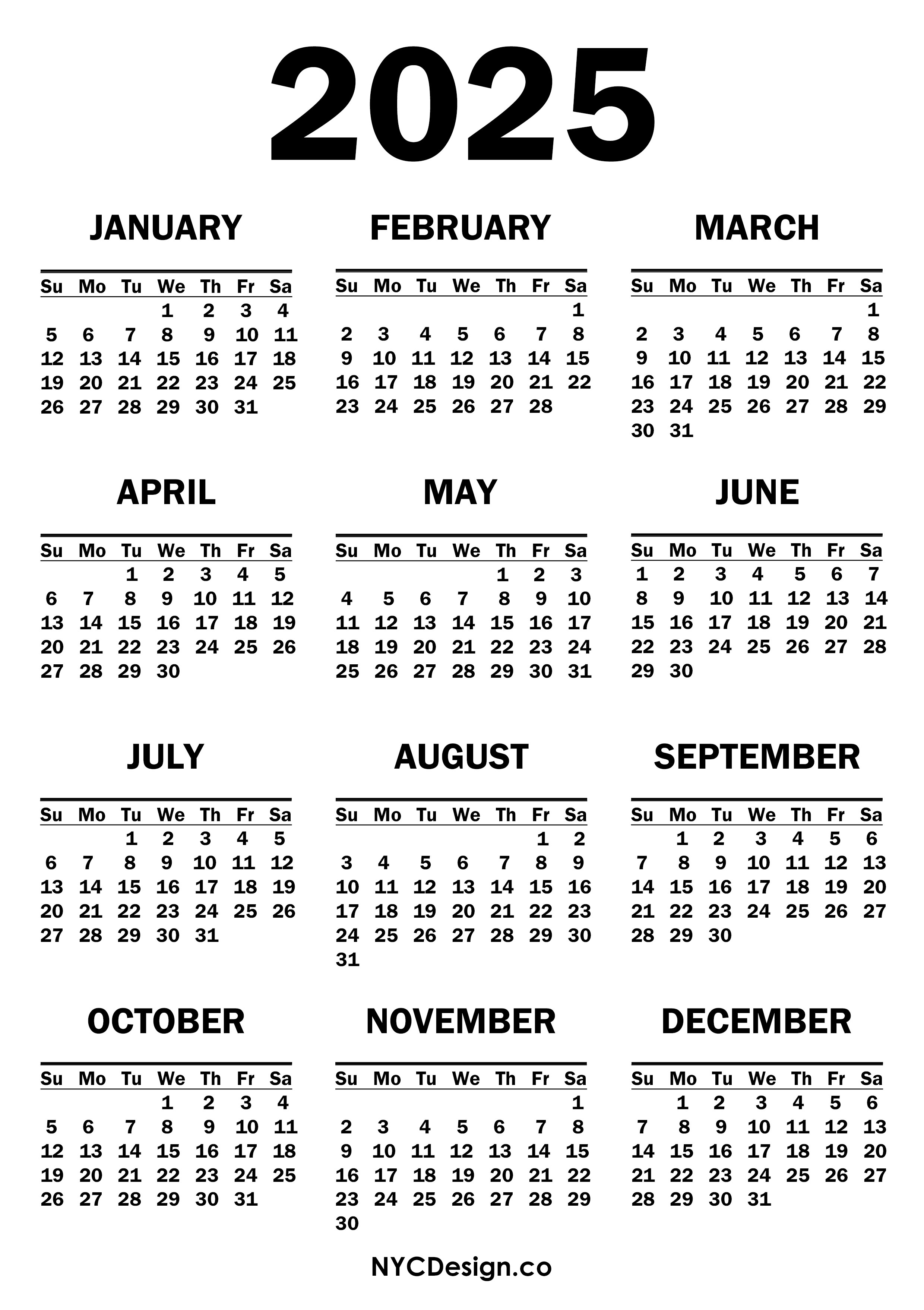Is May 2025 Calendar Accurate
Is the May 2025 Calendar Accurate? A Deep Dive into Calendar Systems and Potential Errors
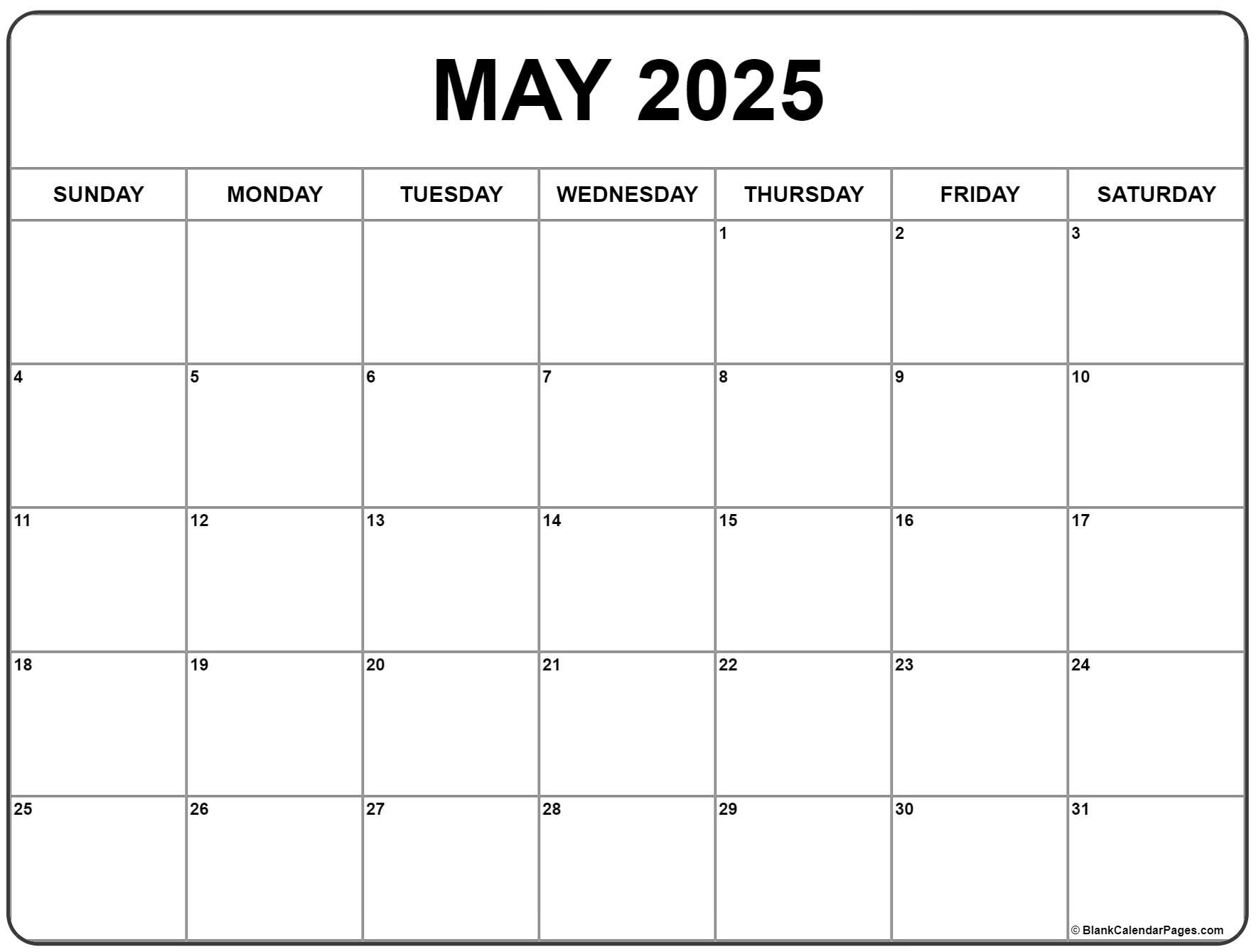
The seemingly simple question of whether a May 2025 calendar is accurate opens a fascinating window into the complexities of timekeeping. While most commercially available calendars will correctly display the days of the week for May 2025, the accuracy extends beyond simply listing the correct dates. A truly accurate calendar considers the underlying astronomical phenomena, historical context, and potential discrepancies arising from different calendar systems.
The Gregorian Calendar: Our Standard Bearer
The vast majority of the world uses the Gregorian calendar, a solar calendar introduced in 1582 by Pope Gregory XIII. This calendar aims to align the civil year with the solar year – the time it takes the Earth to complete one orbit around the Sun. The Gregorian calendar addresses the inaccuracies of its predecessor, the Julian calendar, by implementing leap years in a more refined way. A leap year occurs every four years, except for years divisible by 100 but not by 400. This system minimizes the drift between the calendar year and the solar year, keeping them closely aligned for centuries.
For May 2025, the Gregorian calendar dictates that the month begins on a Thursday and ends on a Saturday. This is based on a straightforward calculation using the established leap year rules and the progression of days since the calendar’s inception. Most commercially printed calendars, digital calendars, and online calendar generators will reflect this information accurately.
Potential Sources of Inaccuracy: Beyond the Gregorian System
While the Gregorian calendar is the global standard, inaccuracies can arise from several sources:
-
Software Glitches: Digital calendars rely on algorithms and programming. A bug in the software used to generate a May 2025 calendar could lead to an incorrect display of days or dates. This is a rare occurrence, but not impossible, particularly in less well-maintained or less rigorously tested software. Always cross-reference with multiple sources to mitigate this risk.
-
Human Error: The process of designing, printing, and distributing physical calendars is susceptible to human error. Mistakes in the initial design, printing errors, or mislabeling can all lead to an inaccurate calendar. Thorough proofreading and quality control are essential to minimize these errors.
-
Regional Variations: While the Gregorian calendar is the global standard, some regions or communities might still use alternative calendar systems, such as the Julian calendar (used historically and still used in some religious contexts) or lunar calendars. A calendar produced for a specific community might follow a different system, resulting in a different representation of May 2025.
-
Time Zones: Calendars often don’t explicitly state the time zone they refer to. This can lead to confusion, particularly for international events or collaborations. A calendar showing May 1st, 2025, as a Thursday might be accurate for one time zone but incorrect for another due to the day’s shift across the International Date Line.
-
Historical Calendars: When examining historical events, it’s crucial to consider the calendar system in use at that time. A historical document referencing May 2025 would, of course, be impossible, but applying this principle to past events demonstrates the importance of context in calendar accuracy.
Verifying the Accuracy of a May 2025 Calendar:
Several methods can help verify the accuracy of a specific May 2025 calendar:
-
Cross-referencing: Compare the calendar with multiple sources, including different online calendar generators, established calendar applications (like Google Calendar or Outlook Calendar), and printed calendars from reputable publishers. Consistency across multiple sources strongly suggests accuracy.
-
Checking Leap Years: Ensure the calendar correctly accounts for the leap year rules. 2024 is a leap year, so its impact on the progression of days in 2025 should be reflected accurately.
-
Astronomical Data: While not necessary for everyday use, astronomical data can provide a definitive check. Astronomical calendars precisely track the position of celestial bodies, and these positions can be used to independently verify the day of the week for a given date.
-
Consulting Experts: For highly critical applications, consulting with chronologists or experts in timekeeping can provide the highest level of accuracy verification.
Beyond Accuracy: Cultural and Social Significance
The accuracy of a calendar goes beyond simply listing the correct dates. Calendars play a significant role in cultural and social life. They organize events, schedule appointments, and mark important dates. An inaccurate calendar can disrupt these aspects of life, leading to missed appointments, scheduling conflicts, and even legal issues in certain contexts.
For instance, incorrect dates on official documents or legal contracts could have serious consequences. Similarly, inaccurate calendars used for scheduling religious events or cultural festivals could disrupt community gatherings and traditions.
Conclusion:
While the likelihood of a widely available May 2025 calendar being significantly inaccurate is low, the possibility of errors exists. By understanding the underlying principles of the Gregorian calendar, acknowledging potential sources of inaccuracy, and employing verification methods, we can ensure that we are using a reliable and accurate calendar for our needs. The seemingly simple act of consulting a calendar highlights the intricate interplay between astronomy, mathematics, culture, and technology in our perception and management of time. The accuracy of the May 2025 calendar is not just about numbers; it’s about the reliable organization of our lives and the preservation of historical and cultural accuracy.
